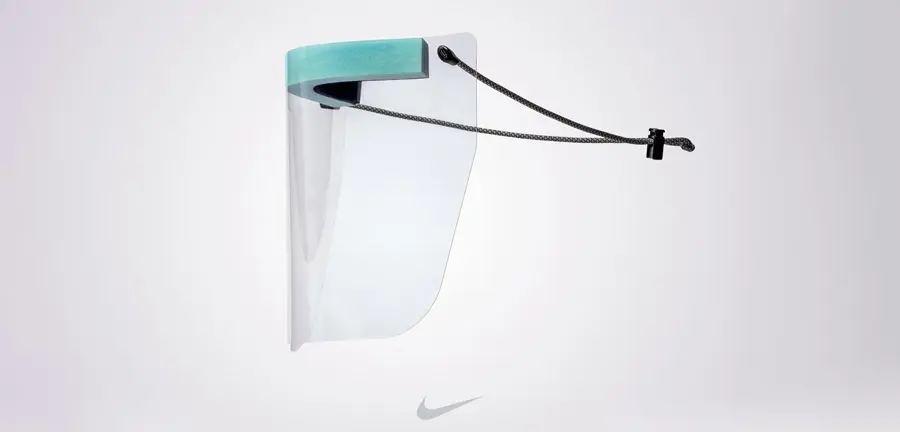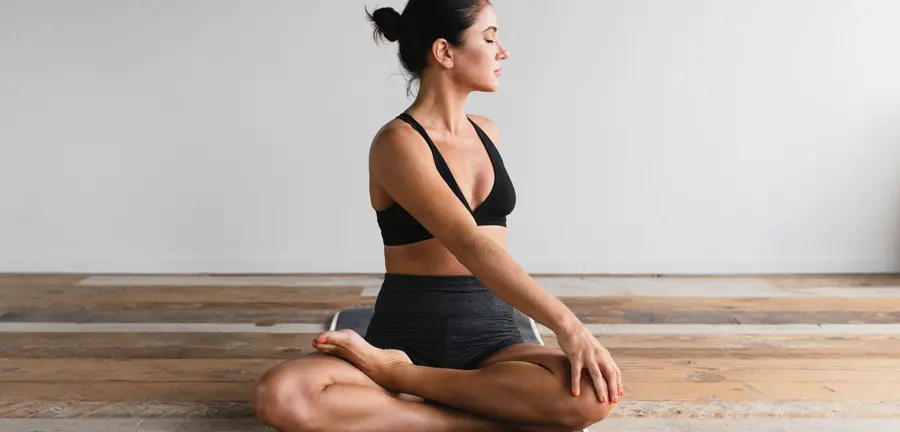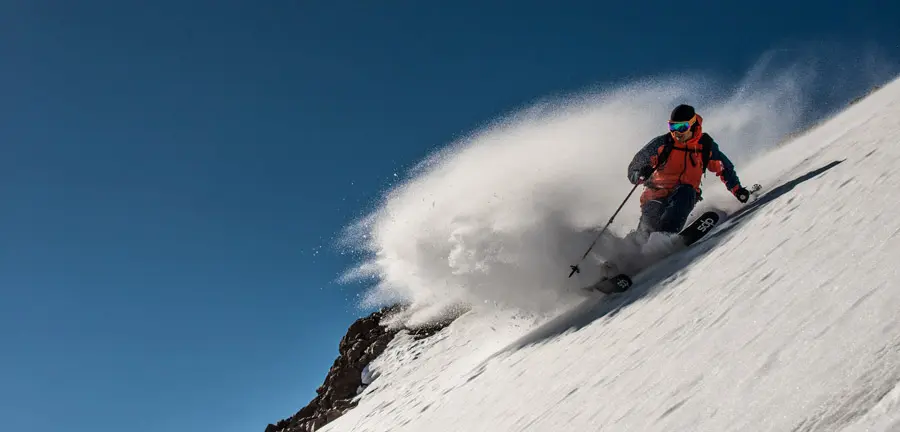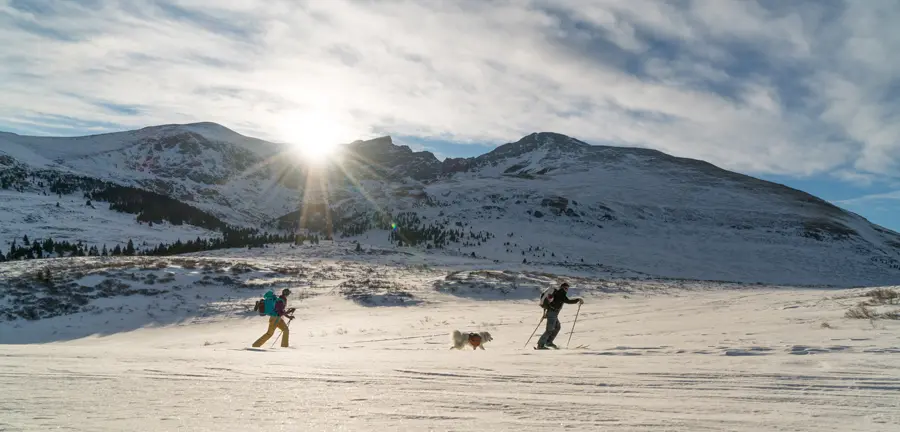Backstory: Creation of a Linus Bike
At the recent InterBike cycling industry event in Las Vegas, Active Junky marveled at the simple elegance of Linus Bikes. As it turns out, creating a functional, beautiful street steed takes more than a few sketches, some artful welding and picking the right powder coater. Not long after first meeting, Tom Tolhurst, the company’s Technical Manager, jumped in to answer our questions with a humble charm that’s largely absent in the competitive cycling industry.
What mix of engineering and fabrication skills does it take to design a bike from the road up?
I think the real challenge of designing a bike is understanding how each part of the system contributes to the overall ride quality.
When I first started in the bike industry, my boss at Alberto's Cycles in Winnetka, IL encouraged me to test all of the bikes we stocked—a mixture of big brands and boutique brands like Serotta, Colnago, Look, Seven, etc.— with the idea being that it's hard to guide a customer if you don't really understand what the differences are in the products you're selling.
After each ride, my boss would have me share my thoughts and feedback. If I said something like, "I like how the short chainstays make the bike feel nimble,” then he'd change the setup and have me ride the bike again. Sometimes the entire ride quality changed, sometimes it didn't. The more we did this, the more I understood the interplay between the different parts of the bike. There's no way that would've happened without a good amount of time in the saddle.
But being able to "nerd out" on bikes really isn't the same thing as designing a bike from the ground up. Having a background in carpentry and fine art (sculpture and photography) has been exceptionally valuable. I can't overstate the importance of certain experiences that have come from that background, like learning to join things together in a structurally sound way; having the muscle memory that comes from filing and finishing; or even developing an aesthetic sensibility from art critiques. I wouldn't be able to do what I'm doing without that.

How do you create something that stands apart from existing bike brands and models?
It's easy to create redundant products in the cycling industry—there are lots of bikes, lots of bags, lots of wheels, etc. It's not enough just to want to create a product or line. You have to identify what the gaps are in the products already available and suss out how they can be filled. When you've figured that out, you've figured out your trajectory and the fun begins—molding and refining the product into something that effectively combines your trajectory with your aesthetic sensibilities.
If I ride a Linus Bike blindfolded (after signing a waiver), what will I feel?
The core of Linus' lineup is a bit of nostalgia—an aesthetic that reminds our riders of seeing an old friend and picking up right where they left off, even if it’s been awhile. Riding a Linus should feel like that.
The bikes are easy—not too stiff, twitchy or aggressive. When you throw a leg over one of them, the feeling should be so familiar that things just click, as though the bike is an extension of your body and not a separate machine. The best bikes I've ever owned have all disappeared underneath me and given me the space to experience a city or a commute on my own time. I want to give our customers the same type of experience. If you're thinking about the bike while you're riding it, I haven't done my job right.

Bio: Tom Tolhurst started in the cycling industry washing bikes at Alberto's Cycles in Winnetka, Illinois. After studying fine art at Carnegie Mellon University, Tom supported his cycling addiction by moving to Los Angeles and teaching photography at the college level. A happy chain of events led to taking a job as Technical Manager at Linus Bike in Marina Del Rey, California. Tom splits his free time between riding his bike, adventuring with his girlfriend, and making fun things out of metal. If you're ever in need of a favor, offer him a slice of pizza first. Photo: Daybreak + Dusk
Have a look at the Linus Bike website to see some of Tom’s designs.






